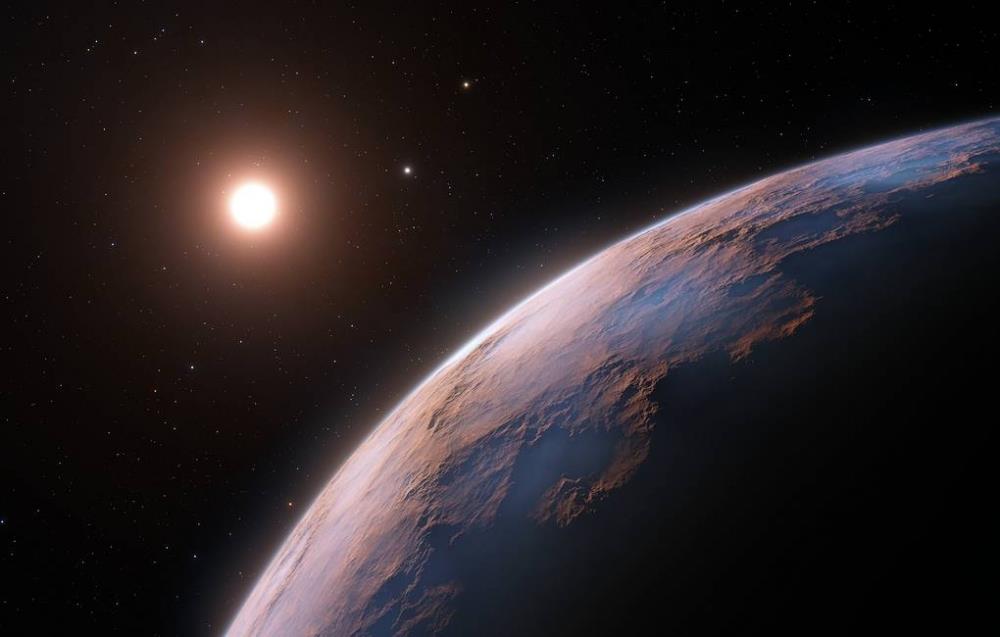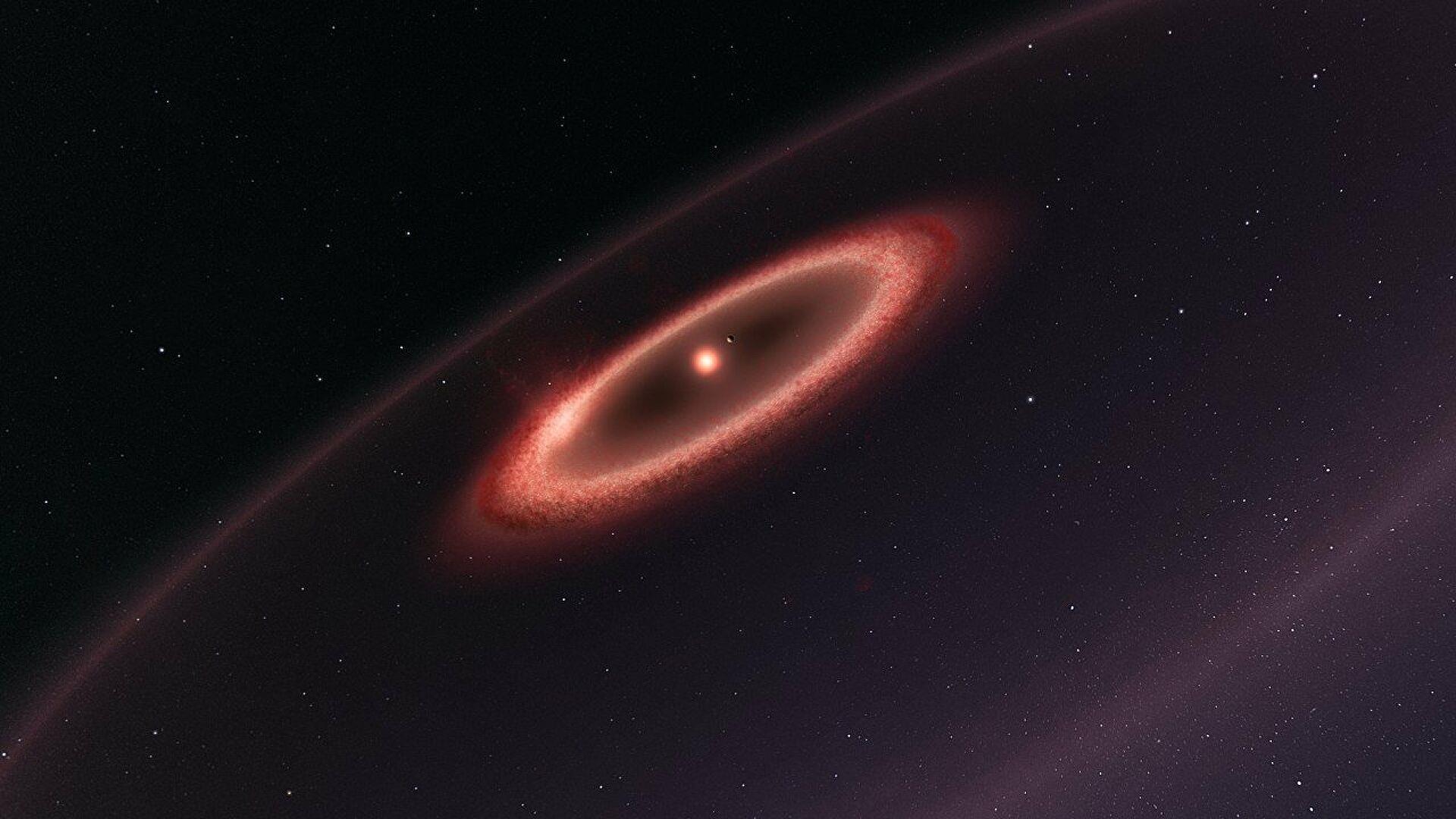
Proxima d: New planet discovered orbiting nearest star to solar system

Astronomers have discovered evidence of a new planet, Proxima d, surrounding Proxima Centauri, the sun's nearest star.
The alien world is just a quarter of the mass of Earth and orbits its parent star at a tenth of the distance between the sun and Mercury, the solar system's innermost planet.
Researchers discovered the new entity after monitoring minor wobbles in Proxima Centauri's motion caused by the gravitational pull it exerts as it swings around the star. It appears to complete a full orbit of the star every five days. The observations took place with the European Southern Observatory's Very Large Telescope (VLT) in Chile.
Proxima d: Third candidate around the star closest to us
Joo Faria is a researcher at the Institute of Astrophysics and Space Sciences in Portugal and the study's lead author. According to her, the discovery demonstrates that our nearest stellar neighbor is“packed with interesting new worlds”. They are within reach of further study and subsequent exploration.
Scientists believe the planet orbits Proxima Centauri at a distance of around 2.4 million miles (4 million kilometers). Thereby, putting it closer to the star than its habitable zone; the temperature range is just right for water to flow freely. The journal Astronomy & Astrophysics likewise published the details.
Proxima d is the third – and lightest – planet discovered in the Proxima Centauri system. The planet is four light-years away and the closest star to our solar system. It joins Proxima b, a planet with a mass comparable to Earth's that orbits the star every 11 days. It also joins Proxima c, which takes about five years to complete an orbit around the star.
When astronomers were monitoring Proxima Centauri in 2020 to confirm the presence of Proxima b, the first clues of the planet appeared. The observations found a small signal in the star's motion that appeared to be caused by a five-day circling planet.
Further observations with an instrument on ESO's telescope called Espresso confirmed astronomers' concerns that a planet, not changes in the star itself, was the cause.
“This is a very low mass planet, and is the third candidate around the star closest to us,” Faria also said.“It shows that these planets, similar to the Earth, maybe common in our galaxy, and just close by. And it makes us wonder about the possible conditions for habitability in these planet systems and if it's possible for life to appear in other places in the universe.”

Legal Disclaimer:
MENAFN provides the
information “as is” without warranty of any kind. We do not accept
any responsibility or liability for the accuracy, content, images,
videos, licenses, completeness, legality, or reliability of the information
contained in this article. If you have any complaints or copyright
issues related to this article, kindly contact the provider above.

















Comments
No comment